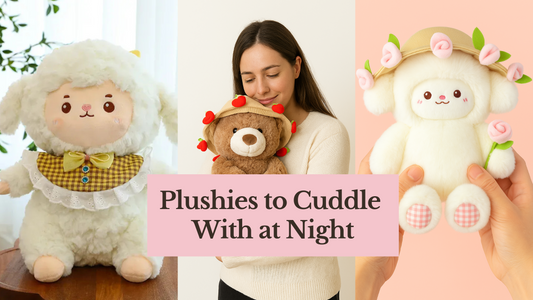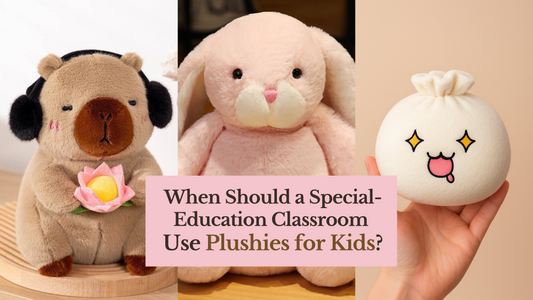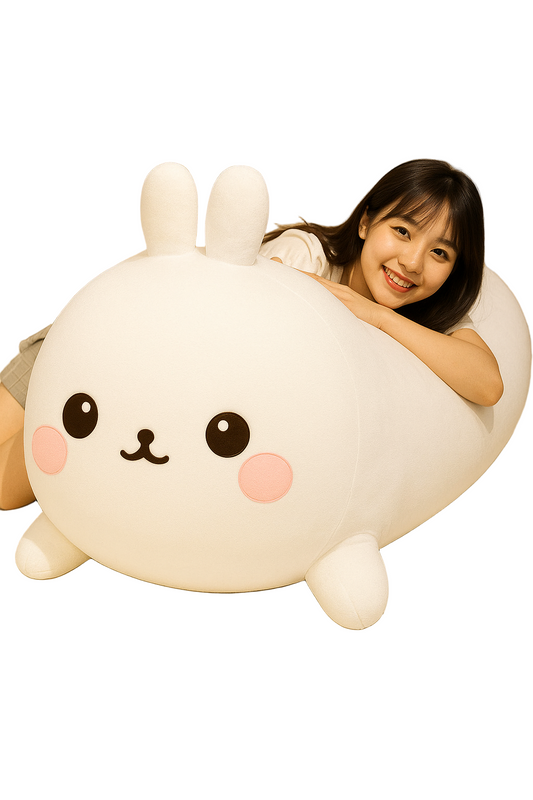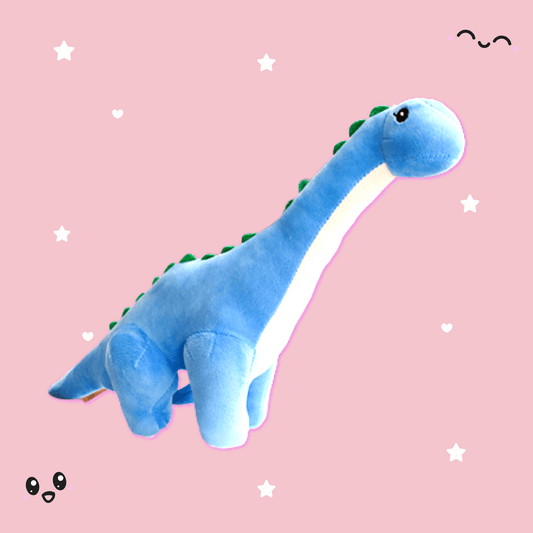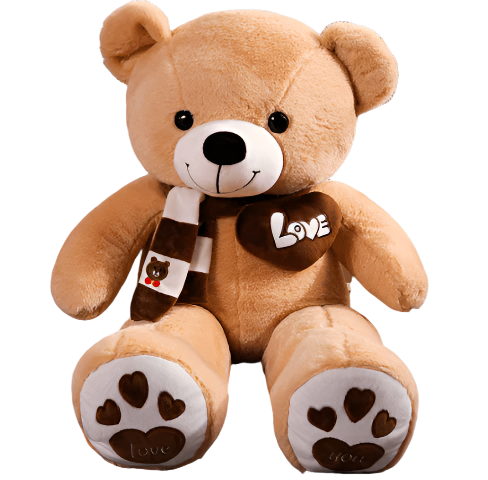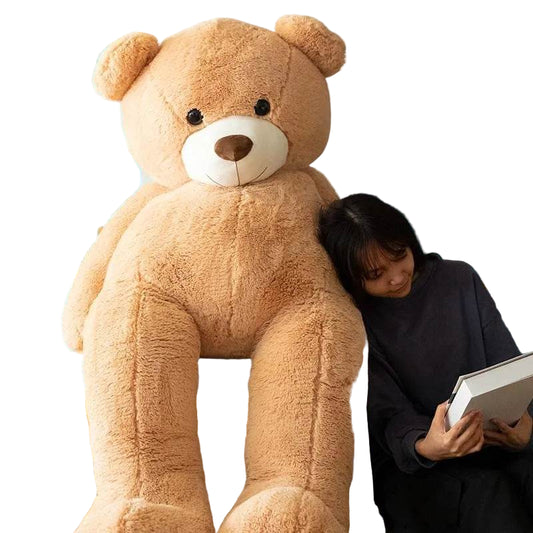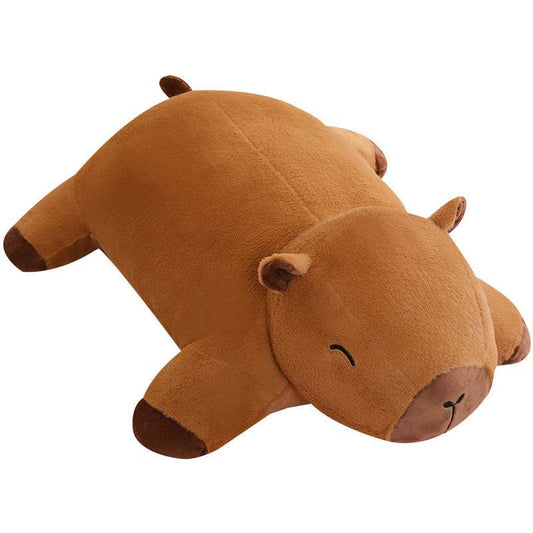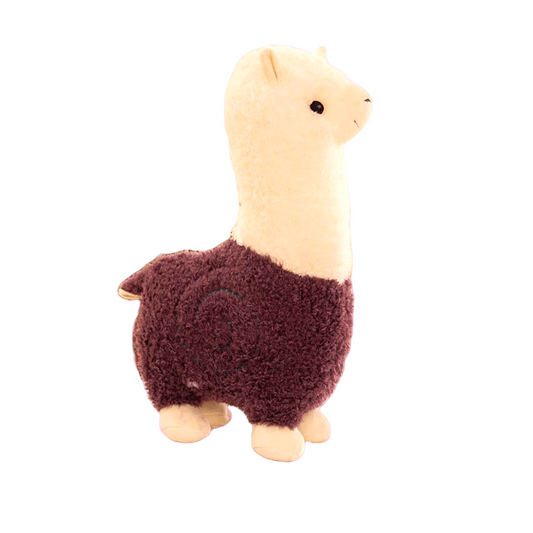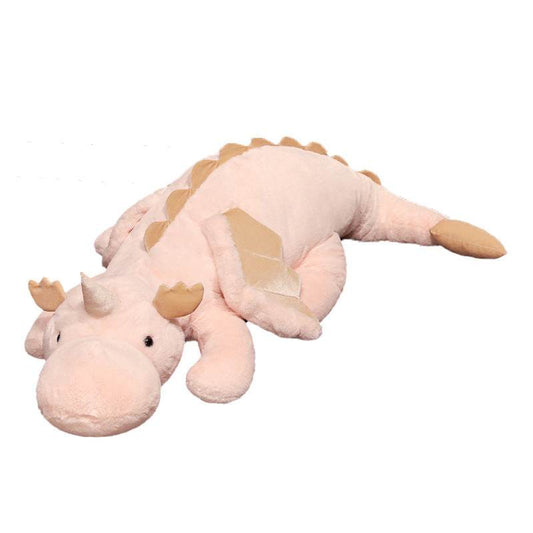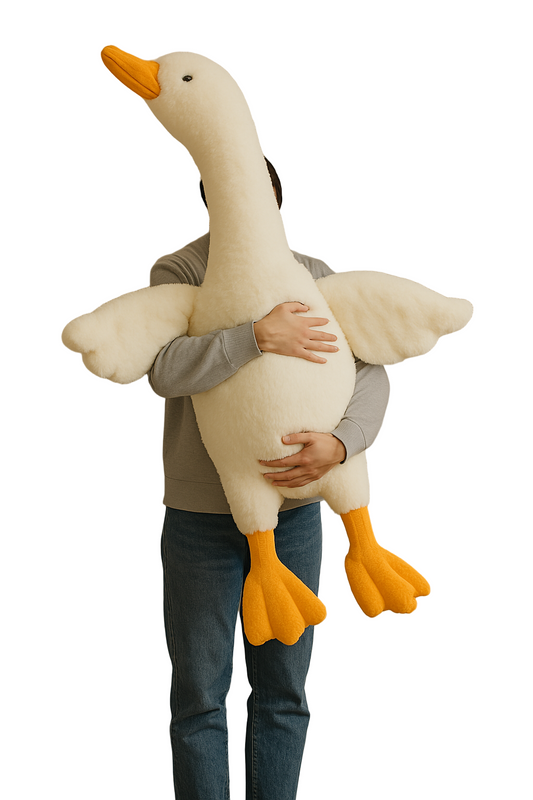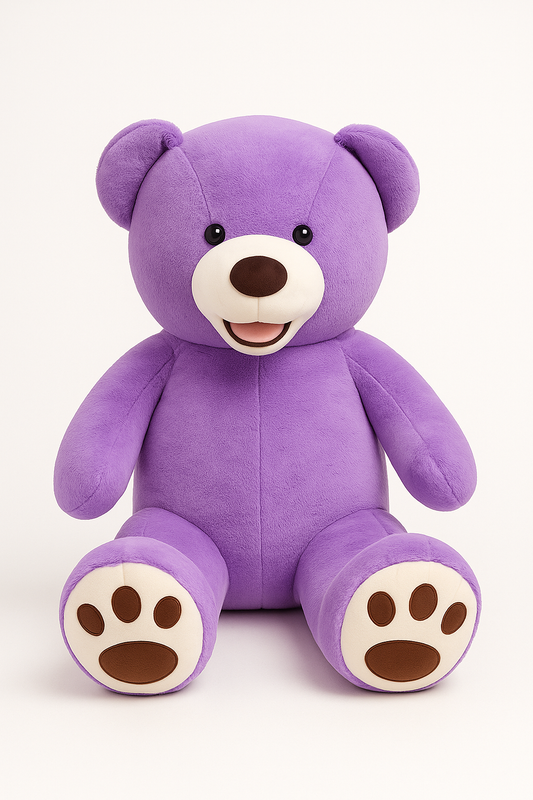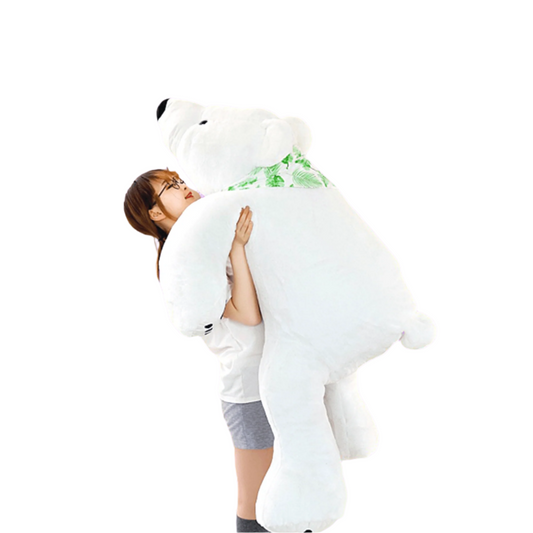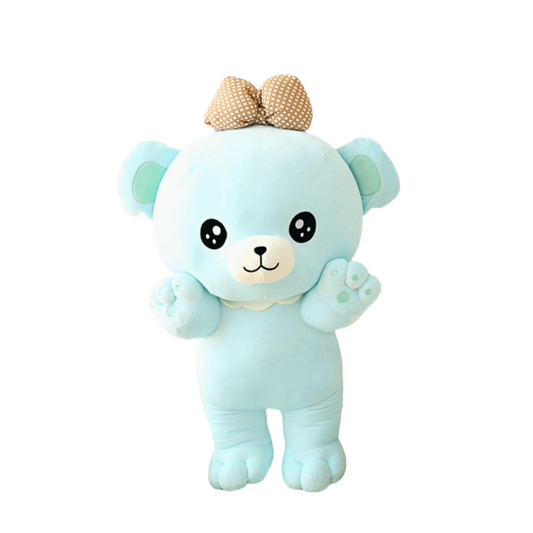Affiliate Disclosure: This post contains affiliate links. That means we may earn a small commission at no extra cost to you if you purchase through our links. We only recommend products we truly believe in.
Why Every Montessori Mom Swears by the Pikler Triangle: Real Benefits Backed by Experts
If you’ve spent even a minute down the Montessori mom rabbit hole on Instagram or TikTok, chances are you’ve seen a wooden climbing triangle taking center stage in those aesthetically pleasing playrooms. That’s the Pikler Triangle — a deceptively simple, genius tool developed by Hungarian pediatrician Dr. Emmi Pikler in the 1930s.
But why has this minimalist climbing frame become the staple for Montessori parenting?
Reason #1: Encourages Independent, Active Play
The Pikler Triangle is more than just a jungle gym. It’s a confidence-building tool that encourages children to explore, climb, and develop gross motor skills — without constant adult interference. According to developmental experts, when toddlers have a safe space to move, test boundaries, and explore height at their own pace, they learn self-trust and problem-solving.
Reason #2: It Grows With Your Child
Unlike most baby toys that end up in storage within months, a Pikler Triangle (especially the 7-in-1 sets) adapts as your child grows. Babies as young as 6 months start pulling up on the rungs, and by toddlerhood, they’re climbing, balancing, sliding, and even inventing their own obstacle courses.
Reason #3: Open-Ended Play that Sparks Imagination
There’s no “one right way” to use a Pikler set. One day it’s a mountain. The next? A pirate ship. When paired with ramps, arches, and ladders, the open-ended possibilities make this one of the most long-lasting and versatile pieces in your playroom.
How a Pikler Triangle Set Can Transform Your Toddler’s Playroom
Montessori spaces are known for their minimalism, intention, and independence. Adding a Pikler Triangle set to your child’s playroom is like putting a toddler-sized adventure park in the center of that calm, clean design.
Creates a Movement Zone
Experts say toddlers need at least 3 hours of movement a day (yep, three!). A 7-in-1 Pikler set transforms indoor time into physical, brain-boosting fun.
Supports Independent Play
Because there’s no single way to “use” a Pikler set, toddlers naturally explore it on their own. It becomes a space where they don’t need you every second — and let’s be honest, that’s a win-win.
Encourages Confidence + Motor Skills
From climbing ladders to sliding down ramps, kids develop coordination, strength, and risk assessment skills — all while having the time of their little lives.
Pikler Triangle vs. Nugget Couch: Which Montessori Climber is Worth the Hype?
Let’s settle the debate. Is the Pikler Triangle better than the Nugget Couch?
| Feature | Pikler Triangle | Nugget Couch |
|---|---|---|
| Age Range | 6 mo - 5 yrs | 1 - 8 yrs |
| Motor Development | ✅ Excellent | ✅ Good |
| Stability for Climbing | ✅ Very Stable | 🚫 Less stable for vertical climbing |
| Pretend Play | ✅ Moderate | ✅ Excellent |
| Price | $179 | $179 |
Verdict:
- For physical development and safe climbing: Go with a Pikler set.
- For lounging and fort-building: Nugget might win.
- Want both? Start with a Pikler Triangle while your toddler is mastering physical milestones, then add the Nugget later.
25 Fun Activities Your Toddler Will Love
- Slide races with stuffed animals
- Obstacle course with the arch
- Fort-building with blankets
- Animal walks up the ramp
- “Mountain rescue” with dolls
- Ball ramps
- Counting steps
- Crawling under the arch
- Side-to-side balance game
- Pretend pirate ship
- Rolling cars down the slide
- Bean bag toss from the top
- Color matching on steps
- Scavenger hunt on the triangle
- Ring toss over pegs
- Yoga poses on top
- Musical chairs using the ramp
- Dance party platform
- Flashlight shadow games
- Texture exploration (wrap it in different fabrics)
- Hopscotch with chalk on the ramp
- Puppet shows with the arch
- Race timer: “How fast can you climb?”
- Painting it together (if unfinished)
- Hide and seek behind the ramp
What to Look For in a Safe Pikler Triangle Set: A Parent’s Buyer Guide
Let’s cut the fluff. You’re investing in something your toddler will literally climb all over — safety is non-negotiable.
1. Solid Wood Construction
Look for sets made of premium birch or beech wood. Avoid plastic. It’s not as sturdy, and honestly, it kills the Montessori vibe.
2. Smooth, Sanded Edges
No splinters allowed. Rounded edges are a must. Read the reviews. If parents mention roughness or sharp points, skip it.
3. Weight Capacity
Many 7-in-1 sets support 130–160 lbs. That’s more than enough for toddlers, siblings, and even you (for photo ops, of course).
4. Certified Non-Toxic Paint/Finish
Make sure it’s BPA-free and finished with non-toxic paints, especially if your toddler is still in the lick-everything stage.
5. Folding + Storage Options
If you live in an apartment or smaller home, get a foldable Pikler. You’ll thank yourself on cleaning day.
How to Clean, Maintain, and Store Your Pikler Triangle Set (Without Breaking It)
- Cleaning: Use a damp microfiber cloth and mild soap. Avoid soaking wood.
- Maintenance: Check screws every few weeks. Tighten as needed.
- Storage: If it folds, store vertically in a closet. If not, stash behind a couch or in the corner with a cover.
Pro tip: Teach your child to help you clean it. Montessori, baby.
Best Pikler Triangle Sets for Every Budget
Budget-Friendly (<$150)
Costzon Foldable Triangle Set – Surprisingly durable and folds flat.
Mid-Range ($150–$300)
Wood and Hearts Foldable 7-in-1 Montessori Set – Gorgeous beechwood, foldable, great for multiple kids. Parents say this one’s worth every penny.
Premium ($300+)
Avenlur 7-in-1 Set – The best mix of function and price. Comes with ramp, arch, ladder.
Final Thoughts: Are Pikler Triangle Sets Worth It?
Short answer? Yes. Long answer? Absolutely.
You're not just buying a toy. You're investing in your child’s confidence, coordination, and creativity. A 7-in-1 Pikler set adapts with your child, grows with their interests, and becomes a centerpiece for learning through movement.














